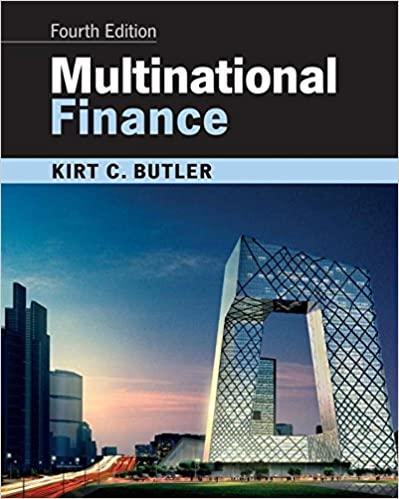Question
Anderson Windows Inc. is in the process of setting a target price on its newly designed tinted window. Cost data relating to the window at
Anderson Windows Inc. is in the process of setting a target price on its newly designed tinted window. Cost data relating to the window at a budgeted volume of 4,000 units are as follows. Per Unit Total Direct materials $ 100 Direct labor $ 70 Variable manufacturing overhead $ 20 Fixed manufacturing overhead $ 120,000 Variable selling and administrative expenses $ 10 Fixed selling and administrative expenses $ 102,000 Anderson Windows uses cost-plus pricing methods that are designed to provide the company with a 25% ROI on its tinted window line. A total of $1,016,000 in assets is committed to production of the new tinted window. Since both absorption-cost pricing and variable-cost pricing produce the same target price and provide the same desired ROI, why do both methods exist? Isn't one method clearly superior to the other? (Refer to Problem 8-8A.)
Step by Step Solution
There are 3 Steps involved in it
Step: 1

Get Instant Access to Expert-Tailored Solutions
See step-by-step solutions with expert insights and AI powered tools for academic success
Step: 2

Step: 3

Ace Your Homework with AI
Get the answers you need in no time with our AI-driven, step-by-step assistance
Get Started


